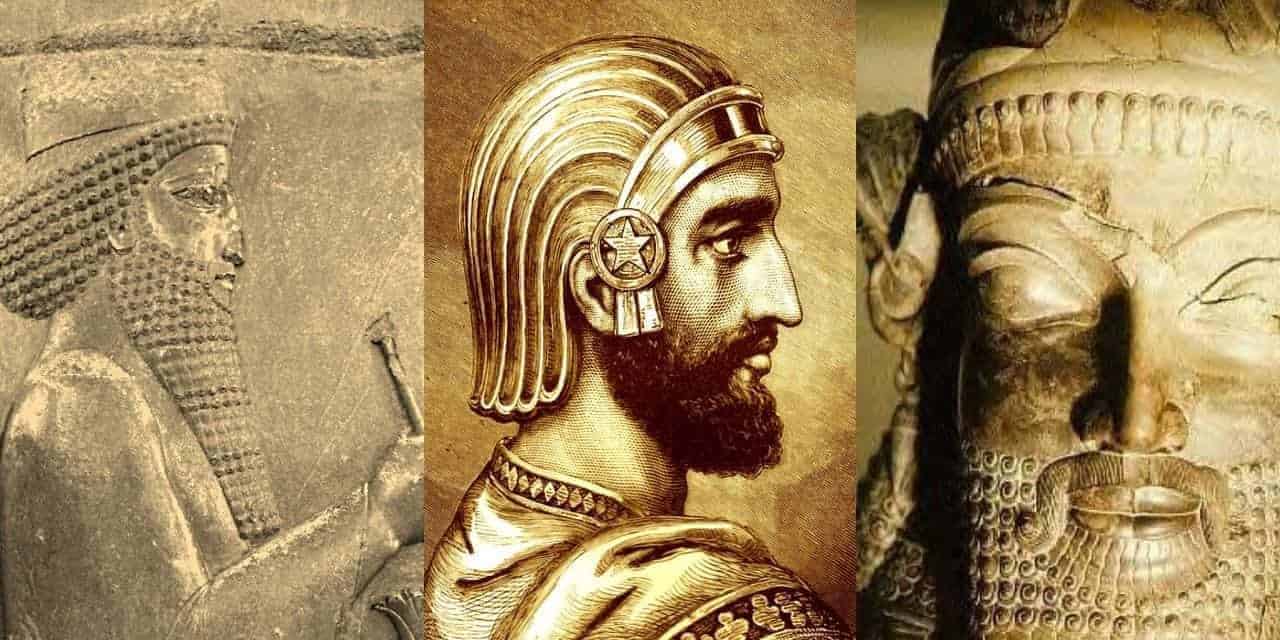The Achaemenid Empire was officially founded by Cyrus the Great in 550 BC, and at its peak, it covered over 5.5 million square kilometers. It was one of the largest empires in history and the biggest ever at the time. During Cyrus’ reign, he defeated the Lydia, Medes, and Neo-Babylonian Empire. The Persian Empire reached its greatest extent during the reign of Darius the Great (522-486 BC) but suffered major defeats to the Greeks in the first quarter of the fifth century BC.
Over time, the delegation of power to local governments probably weakened the iron grip of the king. Local rebellions might have softened up the Empire to the extent that it was ripe for the picking when Alexander the Great launched his invasion in 334 BC. Other historians disagree and suggest that the legendary Macedonian and his army were simply too powerful for what was a strong Empire. In this piece, I will look at 6 important battles that shaped the Achaemenid Empire from its beginning to its demise.

1 – Battle of Opis (539 BC)
This was one of the most important victories in Cyrus the Great’s career as his army defeated the Babylonian army. It was significant because, in 539 BC, Babylon was the only major power in the western Asian region that was free from Persian control. As you might expect from a battle that is over 2,500 years old, details are sketchy, but we do know that fighting took place over several days at the city of Opis which was located north of Babylon.
The main source of information for the Battle of Opis is the Nabonidus Chronicle which is one of the famed Babylonian Chronicles. According to this data, the battle took place sometime between September 27 and October 27. Cyrus led the Persian army in the field while Belshazzar, son of the Babylonian ruler Nabonidus probably led the Babylon forces. Even the size of the forces or amount of casualties is unknown, and the fate of Belshazzar is also a mystery although it is assumed that he died on the field.
The Chronicle refers to a massacre, but while some translators believe this refers to the Babylonian army, others suggest it relates to the citizens of Opis. Regardless of who was slaughtered, it is clear that Cyrus’ army was victorious as the Babylonian forces either fled the field or died while retreating.
The defeat at Opis practically ended the fierce Babylonian resistance to the Persian regime, and within two weeks, the city of Sippar surrendered without a fight. Apparently, Cyrus was even able to march into Babylon itself unopposed, so the enemy either laid down its arms or was annihilated at Opis. According to a Babylonian historian named Berossus who wrote in the third century BC, Nabonidus was spared by Cyrus and died in exile.
Cyrus presented himself as the new leader of Babylon, but far from ravaging the newly conquered territory, he released political prisoners and restored temples. During his reign which lasted between 29 and 31 years, Cyrus created the largest empire the world had seen to that point. Egypt was the only major western power left, but he died before launching any sort of invasion. It was left to his son, Cambyses II, to complete the job.

